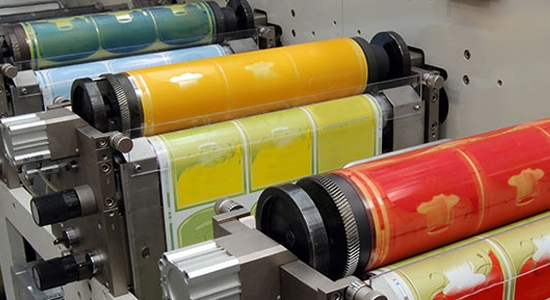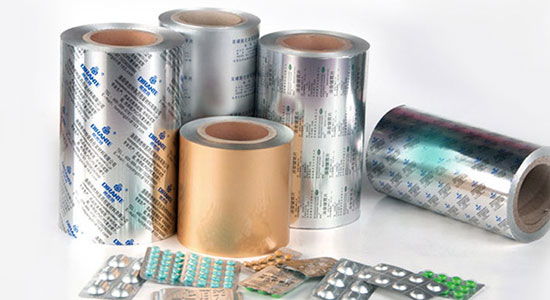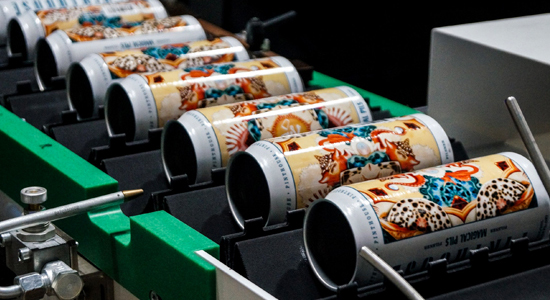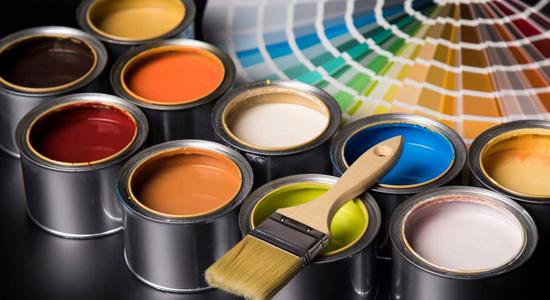Blog
Food Safe Packaging & Inks
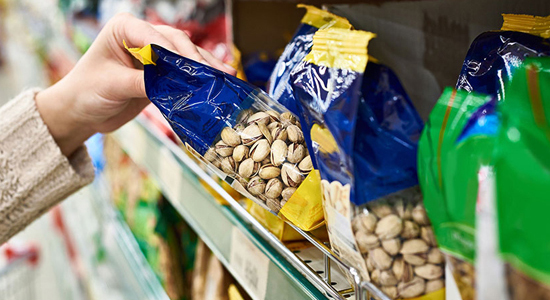
Food safe packaging is critical for ensuring the safety and quality of food products. Inks used in food packaging must also be food safe to prevent contamination and ensure consumer safety. In this response, we will discuss food safe packaging and inks, including their composition, regulations, and testing methods.
Food Safe Packaging
Composition:
Food safe packaging materials must be non-toxic and free from harmful chemicals that could contaminate food. Common food safe packaging materials include paper, cardboard, plastics, glass, and metals. These materials must meet specific regulations and standards to ensure their safety for food packaging.
Regulations:
Food safe packaging is regulated by several organizations worldwide, including the FDA in the United States, the European Food Safety Authority in Europe, and Health Canada in Canada. These organizations set standards and guidelines for the materials used in food packaging, including the maximum levels of chemicals and additives that are allowed.
Testing:
Food safe packaging is tested using a variety of methods, including migration testing, sensory testing, and analytical testing. Migration testing is used to determine whether any harmful chemicals or substances are transferred from the packaging to the food. Sensory testing involves evaluating the appearance, texture, and odor of the food after being packaged. Analytical testing involves using scientific methods to detect any harmful chemicals or substances in the packaging.
Food Safe Inks
Composition:
Food safe inks are composed of pigments, resins, and other additives that are safe for use in food packaging. They must be free from heavy metals, toxic chemicals, and other harmful substances.
Regulations:
Food safe inks are regulated by the same organizations that regulate food safe packaging. These inks must meet strict standards and guidelines to ensure their safety for use in food packaging.
Testing:
Food safe inks are tested using a variety of methods, including sensory testing and analytical testing. Sensory testing involves evaluating the odor, flavor, and texture of the ink after it has been applied to the packaging. Analytical testing involves using scientific methods to detect any harmful chemicals or substances in the ink.
In conclusion, food safe packaging and inks are critical for ensuring the safety and quality of food products. These materials must meet strict regulations and undergo rigorous testing to ensure their safety for use in food packaging. As a consumer, it's important to look for packaging and inks that are certified food safe to ensure the safety of the food you consume.

